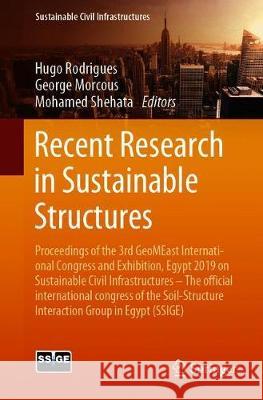Recent Research in Sustainable Structures: Proceedings of the 3rd Geomeast International Congress and Exhibition, Egypt 2019 on Sustainable Civil Infr » książka
topmenu
Recent Research in Sustainable Structures: Proceedings of the 3rd Geomeast International Congress and Exhibition, Egypt 2019 on Sustainable Civil Infr
ISBN-13: 9783030342159 / Angielski / Miękka / 2019 / 162 str.
Recent Research in Sustainable Structures: Proceedings of the 3rd Geomeast International Congress and Exhibition, Egypt 2019 on Sustainable Civil Infr
ISBN-13: 9783030342159 / Angielski / Miękka / 2019 / 162 str.
cena 602,40
(netto: 573,71 VAT: 5%)
Najniższa cena z 30 dni: 578,30
(netto: 573,71 VAT: 5%)
Najniższa cena z 30 dni: 578,30
Termin realizacji zamówienia:
ok. 22 dni roboczych.
ok. 22 dni roboczych.
Darmowa dostawa!
Kategorie:
Kategorie BISAC:
Wydawca:
Springer
Seria wydawnicza:
Język:
Angielski
ISBN-13:
9783030342159
Rok wydania:
2019
Wydanie:
2020
Numer serii:
000806669
Ilość stron:
162
Waga:
0.25 kg
Wymiary:
23.39 x 15.6 x 0.94
Oprawa:
Miękka
Wolumenów:
01
Dodatkowe informacje:
Wydanie ilustrowane











